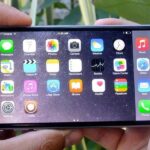Apple’s upcoming iOS 17 is expected to include many new features first seen on Android, but there are also some exciting, unique features that Android needs to steal pronto.
It’s common practice for Apple to adopt new features for iOS that were first seen on Android, but the same can be said of Google, which has integrated numerous bells and whistles on Android from iOS as well.
Case in point: Apple added a lock screen and wallpaper customization engine on iOS 16. Lo and behold, Android 14 will debut the same functionality (with some new wrinkles, such as AI-generated wallpapers, for good measure).
Now that Apple has lifted the veil on iOS 17 and iPadOS 17, here are the top new features that Google and/or device manufacturers need to bring to Android phones and tablets as soon as possible.
1. Improved Lock Screen Screen Savers
Android already has screen savers. Heck, my first PC in the late ’90s had one. So I scoffed at the notion of Apple adding screen savers on iOS 17. However, StandBy makes an iPhone double as a smart display when docked horizontally, with support for widgets, interactive clocks, Live Activities, and Siri results.
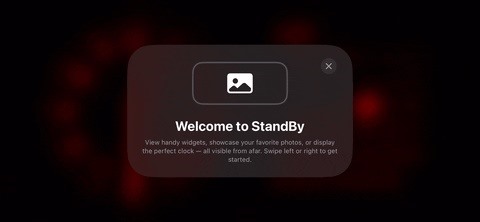
While Google aims to make its docked Pixel Tablets similar to its smart displays, having this same experience on smartphones would be nice. However, Google might not want to cannibalize its Nest smart display business by giving it away for free via Android smartphones. For now, we may be stuck with things like clocks, rotating photos, and changing colors.
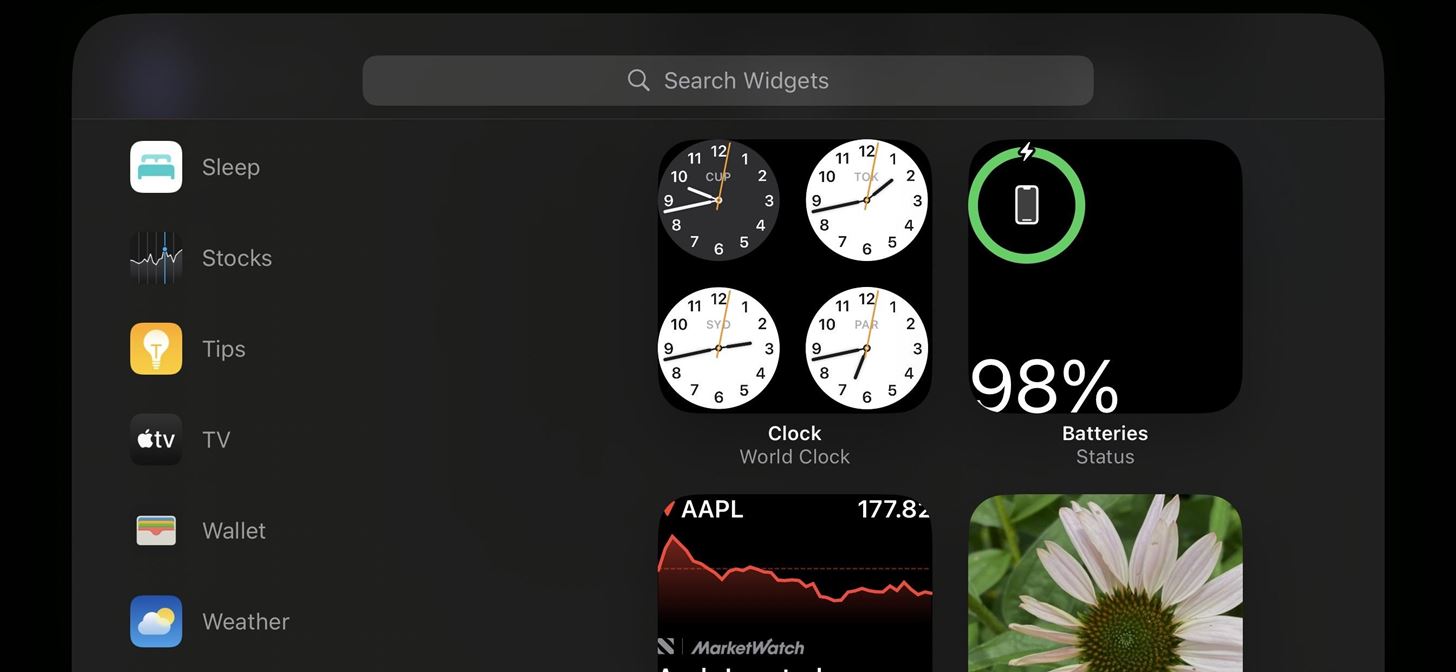


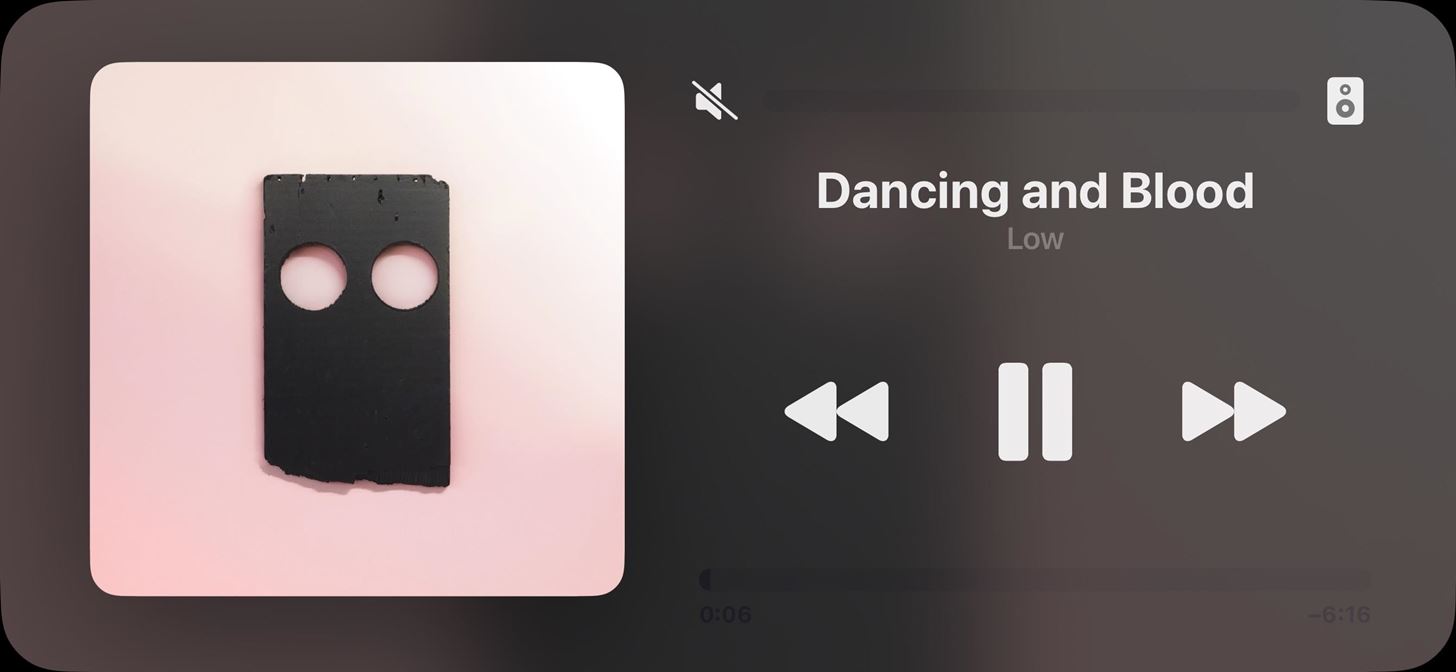
2. Secure Sharing Groups for Passwords and Passkeys
Android and iOS have had built-in password managers for a while now, making it easy to log in to websites and apps without having to remember random strings of characters.
However, sharing passwords that stay updated for everyone with access isn’t simple. Most Android users will share passwords by copying and pasting them one by one, sending them through potentially less-than-secure means. Third-party apps like LastPass have features for facilitating always-updated password sharing, but these apps can also leak sensitive credentials.
Apple has solved this on iOS 17, allowing iPhone users to create groups with trusted contacts on iCloud Keychain. They can dump all the necessary passwords and passkeys into the group, sharing them through end-to-end encryption, and they’ll stay updated for everyone with access. People can be removed at any time too. It would be great to have password sharing like this built into Android.
3. Custom-Made Live Stickers in Messages
Borrowing similar functionality from Snapchat, Live Stickers lets iPhone users clip people, pets, plants, and other subjects from their Live Photos, add special effects, and store them in their stickers drawer. They can then peel and stick them on iMessage bubbles or send them as individual messages.
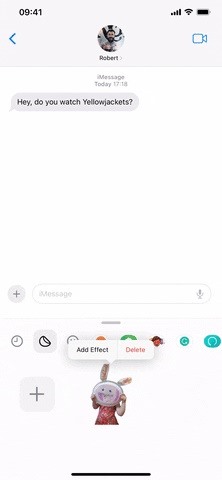
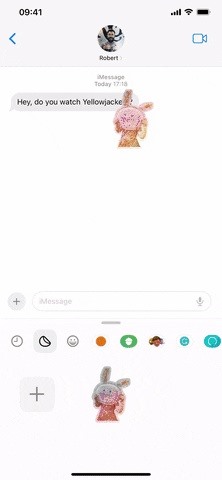
While Google may never get Apple to adopt the RCS protocols to make the messaging experience cohesive between operating systems, it could at least borrow this fun tool for its Messages app.
4. Full-Screen Contact Posters on the Call Screen
Apple continues its streak of aesthetically pleasing customization features on iOS 17 with Contact Posters. This feature lets iPhone users control their appearance on other Apple users’ call screens.
They can use their favorite photo of themselves, Memoji, or Memoji Stickers, and they choose the font and color of their name. It’s very similar to iOS 16’s Lock Screen editor interface and saves Contact Posters for easy switching between. Plus, they can create Contact Posters for anyone in their contacts list, including non-Apple users.
On Android, you’ll likely see a contact’s monogram or Google account photo in a bubble, and it won’t take over the entire call screen. Aside from individual contact pictures, most Android phones will only let you set one background for the call screen. Third-party dialer apps can help, but many users still don’t know how to change their default dialer app, and they won’t be as sleek as a built-in option.
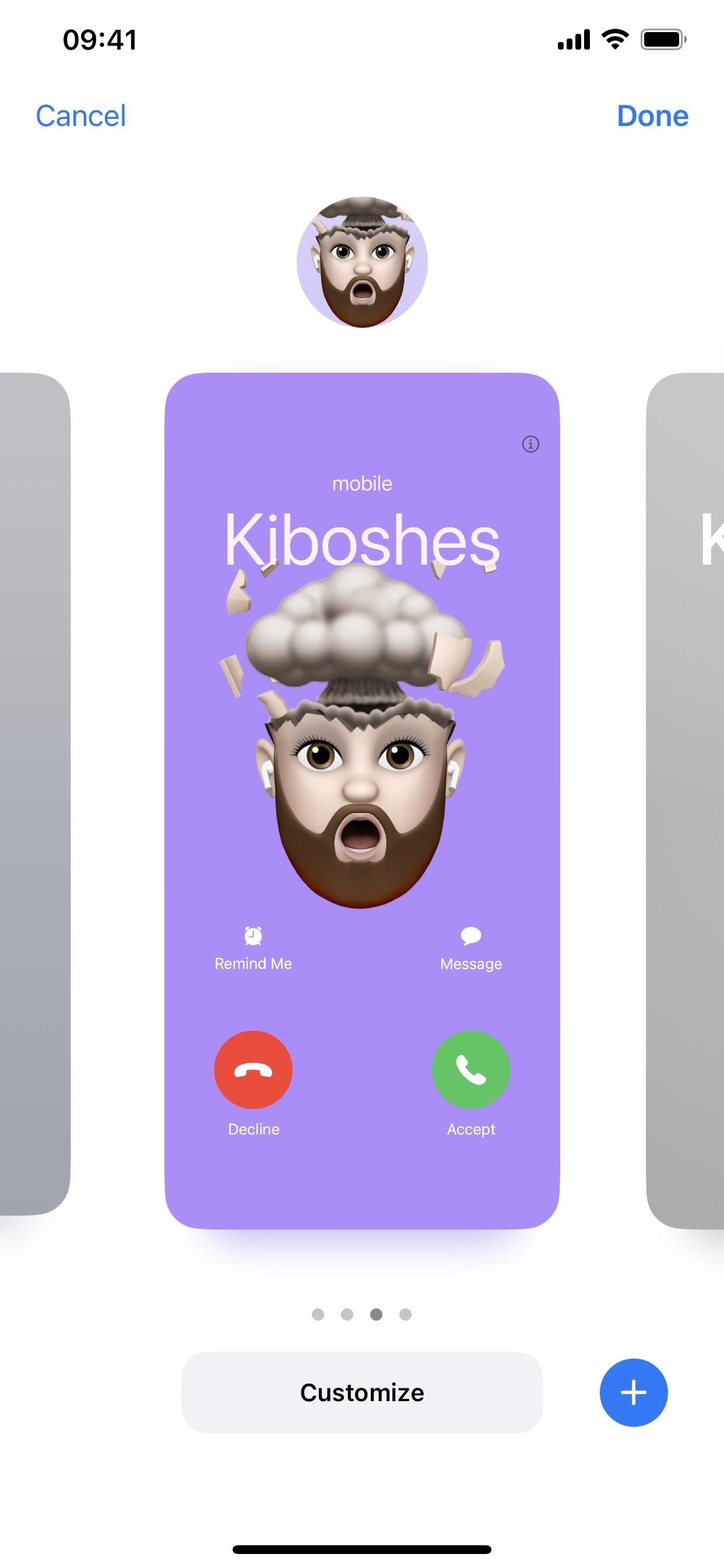
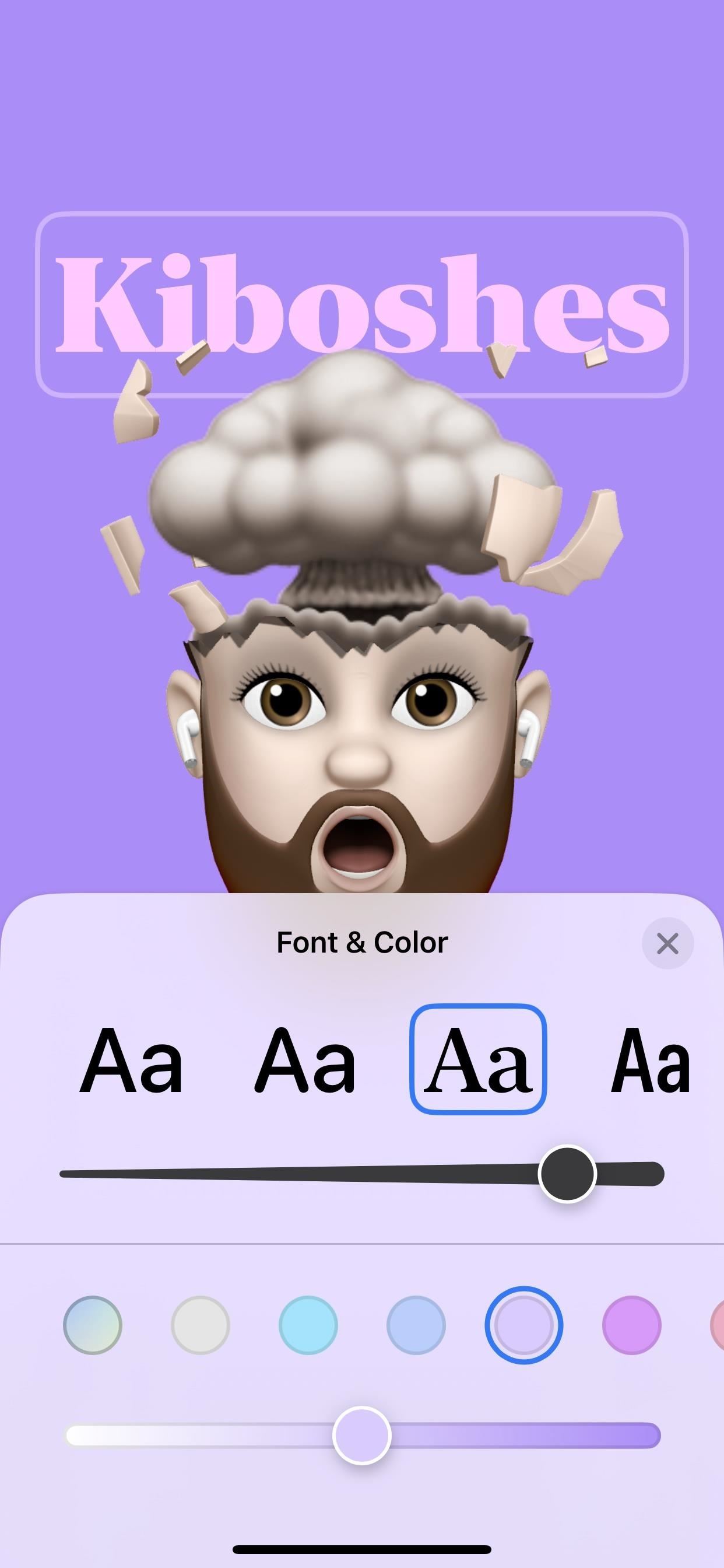
5. Improved File Sharing
Apple and Google both have nearby file-sharing capabilities built into their ecosystems, but iOS and iPadOS 17 are about to make their AirDrop service much more convenient for everyone, especially users who share large files.
With the new and improved AirDrop, an iPhone or iPad user can open whatever content they intend to share, tap share, then bring their device together with the receiving iPhone or iPad, and it will begin the share immediately. Android’s Nearby Share can do something similar, but it’s not as streamlined and doesn’t always work, in my experience. Apple’s implementation is simple, fast, and intuitive.
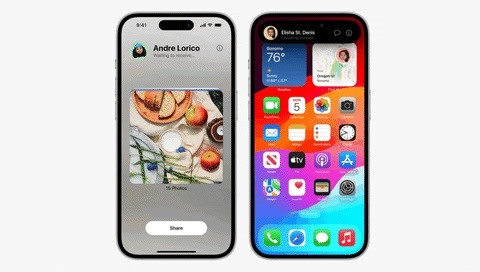
Apple also adds NameDrop, which makes sharing contact information between two iPhone users as easy as sharing other content. Again, Nearby Share can do this to some degree, but it’s more complicated. There’s no reason why Android can’t have easy-to-use sharing features like this.
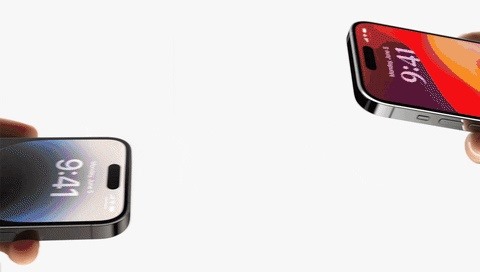
There’s also one more new feature coming on iOS and iPadOS 17, which makes it possible for a recipient of a large file to continue downloading the shared content over the internet when they move away from the sharing device. As long as both users are signed in to their iCloud accounts and connected to the internet, the content will finish downloading in full quality. Android could easily do something similar with users being signed in to their Google accounts.
6. Enhanced AutoFill and Collaboration in PDFs
One feature from iPadOS 17 that Google needs to copy immediately is improved PDF editing. Apple users could already use machine learning on their iPhone or iPad to identify fields in a PDF so they could quickly fill them out. Still, iPadOS 17 includes enhanced AutoFill, so users can use saved information from Contacts to securely fill out a PDF or scanned document automatically.
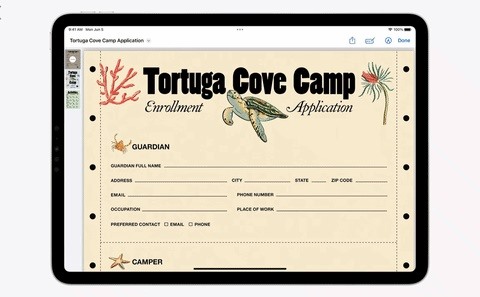
Even better, Apple includes real-time collaboration, so any markup, drawings, or stickers one user in the group makes will immediately show up for everyone else who’s in the PDF.
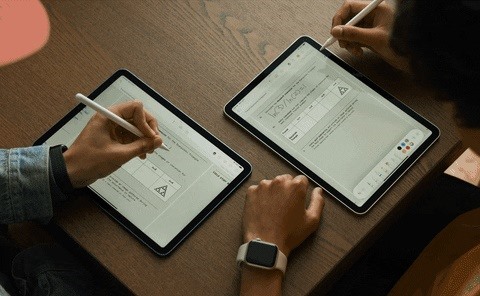
Android already does a great job of auto-filling web forms. However, as prevalent as PDF forms still are for various functions, native PDF editing needs to be universal. And real-time collaboration shouldn’t be left up to third-party apps.
Hot Deal: Set up a secure second phone number and keep your real contact details hidden with a yearly subscription to Hushed Private Phone Line for Android/iOS, 83%–91% off. It’s a perfect second-line solution for making calls and sending texts related to work, dating, Craigslist sales, and other scenarios where you wouldn’t want to give out your primary phone number.
“Hey there, just a heads-up: We’re part of the Amazon affiliate program, so when you buy through links on our site, we may earn a small commission. But don’t worry, it doesn’t cost you anything extra and helps us keep the lights on. Thanks for your support!”









